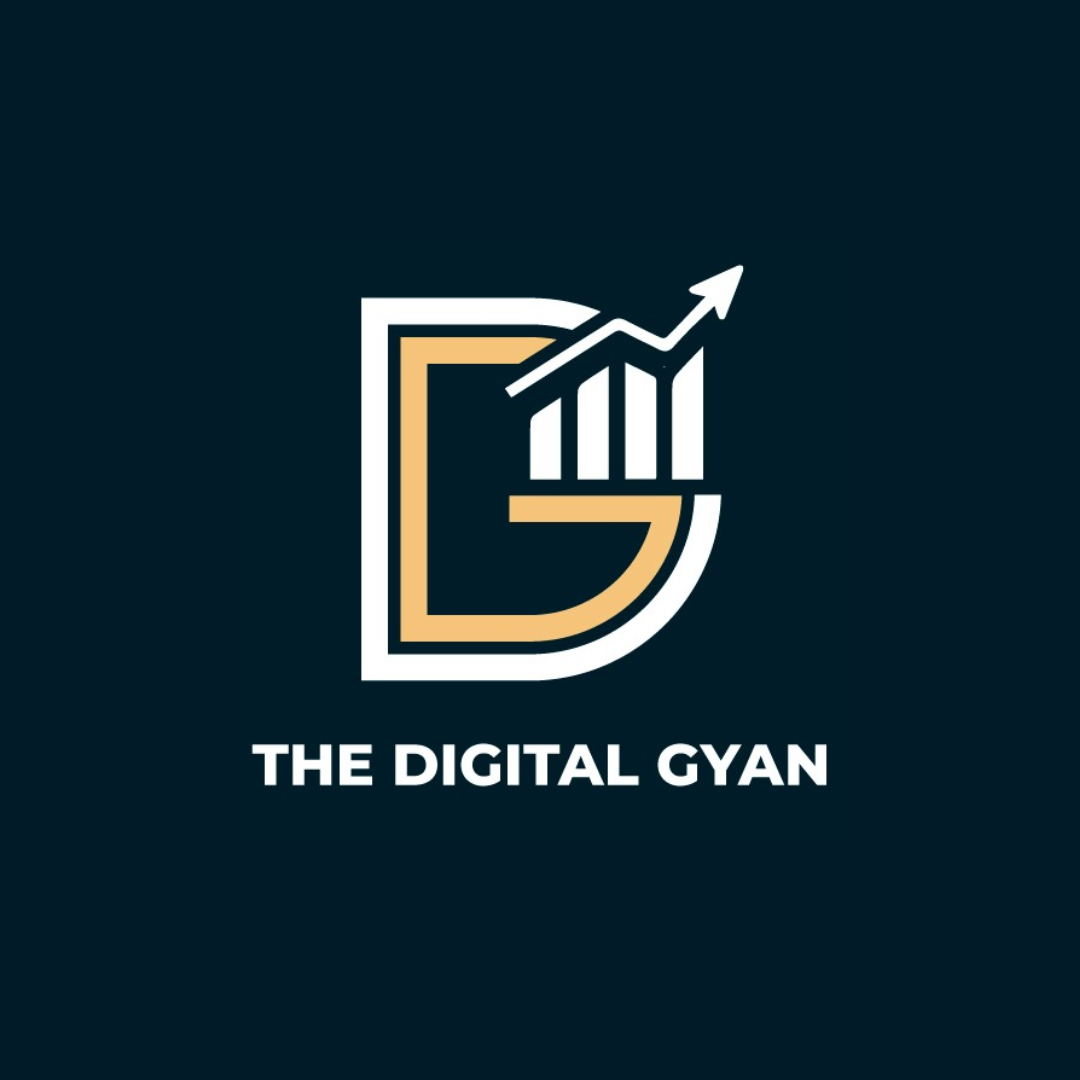Imagine pouring thousands of dollars into a digital marketing campaign and having no idea whether it’s truly working. Unfortunately, this is a common scenario among brands that focus solely on tactics without monitoring performance metrics. The reality is simple: if you’re not measuring the right data, you’re guessing—and guessing can be costly.
In today’s competitive landscape, digital marketing campaigns must be driven by data and insights rather than assumptions and hope. With platforms constantly evolving and audience behavior shifting rapidly, marketers need to rely on key performance indicators (KPIs) that can show exactly what’s working and what needs fine-tuning. But with so many metrics available, which ones matter most?
Here are the seven essential metrics every marketer should track to assess, refine, and optimize their digital marketing campaign for maximum impact.
1. Conversion Rate: The Ultimate Performance Indicator
Conversion rate is arguably the most important metric to monitor in any digital marketing campaign. It measures the percentage of users who take a desired action—whether it’s making a purchase, signing up for a newsletter, or filling out a contact form—after interacting with your marketing content.
A high conversion rate indicates that your messaging, design, offer, and user experience are aligned with the audience’s expectations. On the other hand, a low conversion rate often signals issues with landing page design, unclear calls to action, or misaligned audience targeting.
To improve this metric, marketers can A/B test landing pages, optimize mobile usability, reduce page loading time, and refine ad copy to ensure it speaks directly to the audience’s pain points.
2. Customer Acquisition Cost (CAC): Evaluating Campaign Efficiency
Customer Acquisition Cost reveals how much you’re spending to acquire a single customer through your campaign. It’s calculated by dividing the total cost of your marketing efforts by the number of new customers acquired within a specific time frame.
If your CAC is too high compared to the average customer’s lifetime value, your campaign may not be sustainable in the long run. Monitoring this metric allows you to control costs, allocate budget efficiently, and gauge whether certain channels are worth the investment.
For example, if you notice that your CAC through paid ads is skyrocketing, it might be time to explore more cost-effective options like SEO or content marketing. Understanding CAC also helps make smarter decisions when planning long-term strategies or pitching ROI to stakeholders.
3. Return on Ad Spend (ROAS): Measuring Profitability
While CAC tells you how much you’re spending to get a customer, ROAS goes one step further and tells you how much revenue you’re generating from those ad dollars. It’s calculated by dividing the revenue generated from a campaign by the amount spent on that campaign.
A ROAS of 4:1 means that for every dollar spent, four dollars are earned back. This metric is especially vital for eCommerce businesses and paid media campaigns where immediate revenue impact is measurable.
High ROAS figures suggest that the campaign is effective and profitable. Low ROAS, however, signals a need to re-evaluate ad targeting, creative assets, or even the product-market fit. Since budget allocation is a crucial aspect of digital marketing, this metric plays a critical role in guiding financial decisions and optimizing ad spend.
4. Click-Through Rate (CTR): Gauging Ad Relevance
Click-Through Rate measures how compelling your ad is to users. It calculates the percentage of people who clicked on your ad after seeing it. A higher CTR typically indicates that your ad is resonating well with your audience and encouraging them to take the next step.
It’s a vital signal of your campaign’s effectiveness in the awareness and interest stages of the marketing funnel. If your CTR is low, you might be targeting the wrong audience, using weak headlines, or delivering visuals that don’t capture attention.
Platforms like Google Ads and Meta (Facebook and Instagram) Ads also use CTR as a factor in determining ad relevance score and quality score, which in turn can affect your ad cost and visibility. Therefore, optimizing for CTR not only improves engagement but also can reduce your CAC over time.
5. Bounce Rate: Uncovering Friction Points
Bounce rate reveals the percentage of users who leave your landing page without taking any action. This metric is particularly important when you’re directing traffic to specific landing pages from your digital marketing campaign.
A high bounce rate may indicate that users aren’t finding what they expected, that the content doesn’t meet their intent, or that the user experience is poor. It’s often a red flag for page speed issues, confusing navigation, or a mismatch between the ad content and landing page.
Reducing bounce rate requires an in-depth review of your landing page layout, messaging consistency, and mobile responsiveness. By aligning user expectations with a seamless digital journey, you improve both engagement and the likelihood of conversion.
6. Engagement Rate: Measuring Interaction Quality
While reach and impressions indicate how many people saw your content, engagement rate shows how many actually interacted with it. This includes likes, shares, comments, and any other form of user participation.
In content-driven campaigns—like social media marketing or influencer outreach—this metric provides a deeper understanding of audience interest and emotional response. An increase in engagement signals that your content is not only being seen but is sparking conversations and connections.
This metric also informs algorithmic placements, as platforms like Instagram and LinkedIn are more likely to boost content with higher engagement. Over time, high engagement can contribute to organic growth and brand loyalty, making it a key success factor in brand-building campaigns.
7. Lifetime Value (LTV): Understanding Long-Term Impact
Lifetime Value measures the total revenue a business expects to earn from a customer over the duration of their relationship. While many digital marketing campaigns focus on short-term wins, this metric offers a long-term view of your customer’s worth.
By comparing LTV to CAC, you get a clearer picture of how sustainable your digital marketing campaign truly is. If your LTV is significantly higher than your CAC, it means your campaign is acquiring high-value customers who are likely to return, buy more, or refer others.
Tracking LTV is particularly important for subscription-based models and eCommerce platforms. It allows marketers to justify higher acquisition costs if they know that the long-term returns will cover the initial expense many times over.
Why These Metrics Matter More Than Ever
Digital marketing isn’t a guessing game. With analytics tools becoming increasingly sophisticated, marketers now have the power to pinpoint exactly which campaigns are moving the needle and which aren’t. Platforms like Google Analytics 4, HubSpot, and Facebook Ads Manager offer dashboards that simplify tracking, but the real skill lies in interpreting that data to drive smarter decisions.
Modern marketers also benefit from enrolling in an advanced digital marketing course, which goes beyond surface-level metrics and dives deep into attribution models, multi-touch tracking, and predictive analytics. These courses help sharpen analytical thinking and introduce tools that make campaign monitoring more intuitive and actionable.
How to Integrate These Metrics into Your Strategy
To get the most out of your metrics, you need to set clear goals before launching your digital marketing campaign. These goals should be specific, measurable, and tied to business outcomes. Once your campaign is live, regularly check performance dashboards and set up alerts for significant deviations.
Also, consider building custom reports tailored to your unique marketing funnel. Instead of relying solely on default reports, focus on metrics that align with your KPIs and conversion stages. Combining short-term indicators like CTR and CAC with long-term ones like LTV and engagement rate offers a more holistic view of campaign performance.
Finally, use these insights not just to react, but to predict. Data tells a story, and the deeper you dig, the clearer your next steps become. Testing and iteration are not just best practices—they’re necessities. The more agile and data-driven your marketing becomes, the more consistent your results will be.
Final Thoughts
Running a successful digital marketing campaign today requires more than creativity and good ideas—it demands data literacy and the ability to act on what the numbers are telling you. By focusing on these seven core metrics—conversion rate, CAC, ROAS, CTR, bounce rate, engagement rate, and LTV—you can build campaigns that not only perform better but evolve intelligently over time.
Whether you’re an in-house marketer, freelancer, or agency professional, understanding and tracking these KPIs empowers you to make more informed decisions, justify budget spend, and ultimately, drive business growth. As marketing continues to blend art with science, the most successful campaigns will be those rooted in measurable insights and continuous improvement.

